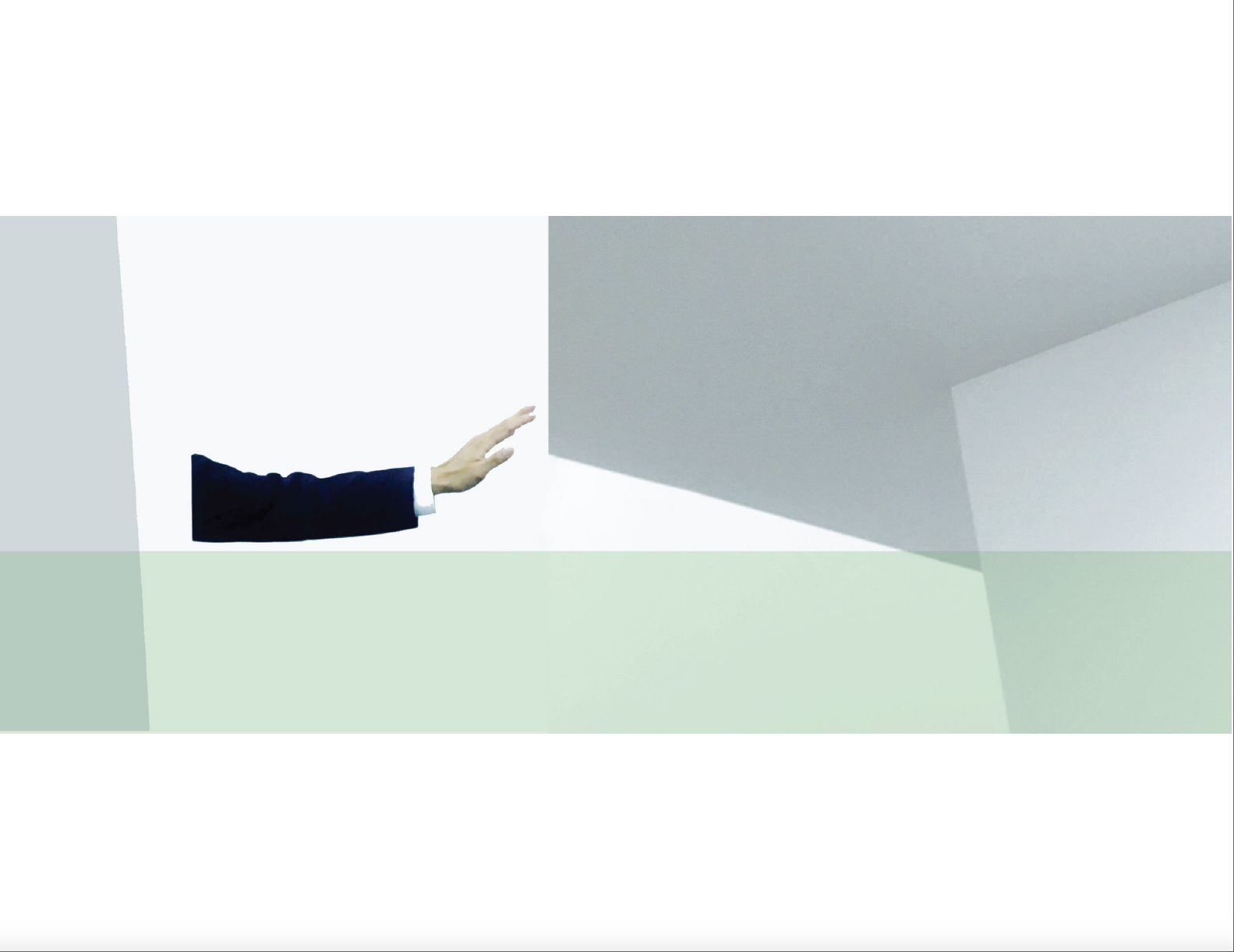Terrorist Assemblages brilliantly illuminates the imbrication of race and affect. While not dispensing with the complex histories that have shaped racial categories, Puar’s book draws our attention to race as an affective landscape—pulling materiality, discourse, and emotions into the fray so that we can feel the multiple contradictory ways that racialization is ever-emergent and political. Puar emphasizes the less visible sensational registers through which race can be made legible and draws our attention to the geopolitical tensions and desires that enable these formations.
In my own work on fleshiness, its constitution, possibilities, and perils, thinking race and affect through Puar has given way to a reading practice that centralizes Puar’s theorization (via Deleuze) of assemblage. Through assemblage, race becomes something that one can sense rather than something that primarily occupies the framing of the visual. This expanded concept of race, which I like to think of as a diffuse set of fields, has important consequences. Reading with the political, we can ask how or why certain sensations, affects, and things have become correlated with particular forms of racialization. This, in turn, allows us to think differently about the work that race performs.
In Terrorist Assemblages, Puar describes the emergence of the racial profiling that confuses Sikh for Muslim and both for terrorists through a focus on the turban within the assemblage of the figure of the Sikh man. In writing that the turban is not a hat, Puar illuminates the expansiveness of this racialized body, which incorporates ritual, religion, fabric, and flesh: “the fusion of hair, oil, dirt, sweat, cloth, skin, and the organic melding into the nonorganic, renders a turban, not as part of a queer body nor as a queer part of the body, but as an otherwise foreign object acculturated into a body’s intimacies between organic and nonorganic matter, blurring the distinction between them” (195). Among this analysis’s notable features is its insistence on the importance of the organic and non-organic in relation to racialization and sensation.
These tactics, I think, give us useful ways to think about the political work that aesthetics performs. In particular, I have found Puar useful for thinking about what I call brown abstraction. Though I elaborate this analysis more fully in a longer essay, here I briefly describe Maureen Catbagan’s Peripheral Vision in order to get a sense of the overlap with Puar’s use of assemblage.

Peripheral Vision pairs a photograph of a staircase from the Blanton Museum in Texas with a blue Plexiglas square of the same size. Below, on a slightly elevated piece of gold Plexiglas lies a copy of Reena Spaulings, the Bernadette Corporation’s novel featuring a Metropolitan Museum of Art guard as a protagonist. Through subtle echoes of blue shadows, Catbagan’s piece brings attention to the way that workers within the museum are often rendered invisible—subject most often to peripheral glances—even though they are part of what makes the museum experience possible. Additionally, the Plexiglas, used extensively by the US military in WW II, summons a history of US militarization and the production of a periphery. These countries’ geographies, economies, and politics often continue to be determined by the aftermaths of US military intervention—including and especially migrations. This, itself, produces a full circle since it is not incidental that many of those who work as guards at the Met, for example, arrived in the US as a result of these migrations. This landscape of the peripheral, in turn, is explicitly racialized. It is the space of brownness.
Brown abstraction gives us a way to feel race outside of a discourse of spectacle and wound because we discover new forms of violence and other affective resonances. I dwell on abstraction because it allows us to summon a vast array of discourses through gesture, material, and feeling. Working with abstraction through Puar enables us to see how assemblages emerge from the shared space of art and beholder. In thinking about race, the simultaneity of these sets of exchanges—sensations meet geopolitics meet objects—provides insight into the intimacies that subtend racialization.
In this way we can see how Peripheral Vision opens us toward the wider world of thinking brownness in relation to sensation and power. Just as Terrorist Assemblages lets us see the linkages between the production of homonormativity and orientalism, we can see brownness formed in relation to militarization, post-colonialism, and globalization. The particular intimacies that Catbagan’s piece evokes bring together the convoluted racialized dependencies of Empire and its aftermath with the practices of looking in museums. Being kept to the periphery might force certain paths of migration while maintaining particular hierarchies of valuation which determine what (and who) should be admired. Here, through assemblage and abstraction we gain a way to diagnose the various modes through which white supremacy is operating.
In addition to seeing the contours of what constitutes normativity more vastly, through Puar’s conceptualization of politicized assemblages, we can imagine coalition without flattening differences. In this case, thinking with brownness as periphery allows us to see/ feel the ways that whiteness occupies the center. We might connect this to other previously described tactics—whiteness as property say, whiteness as individualized subjectivity—in order to see how the periphery might work in relation to blackness and the blur, as described by Fred Moten. In short, through assemblage, we might find modes of connection and intimacies, brown jouissance, that may have been formed through violence, but which could exceed them.
cover image: Maureen Catbagan, Abang-guard Still #4 (The Metropolitan Museum of Art), 2017


